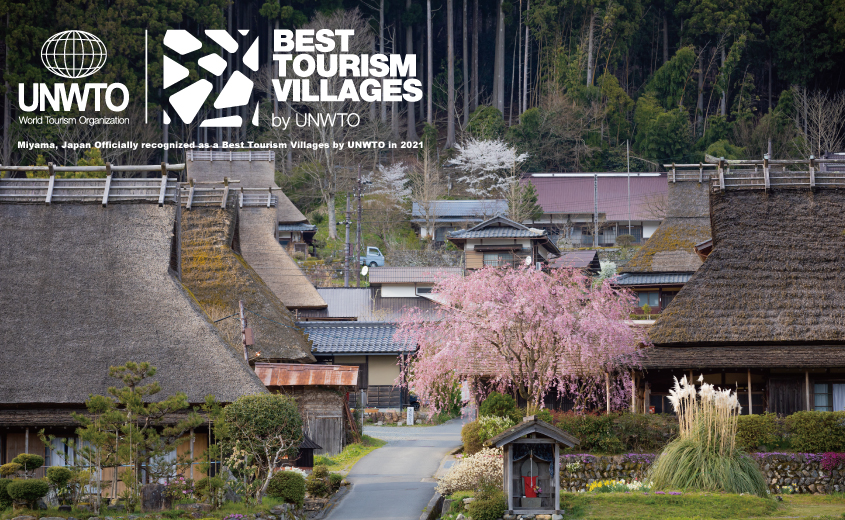
Located in the center of Kyoto Prefecture, Miyama Town has a population of approximately 3,500 people and an area of 340 km2. The town has been designated by the Japanese government as an Important Preservation District for Groups of Traditional Buildings. 39 thatched-roof houses still remain in Miyama's northern hamlets, attracting tourists both domestic and international tourists.
As a result of village revitalization efforts that began in earnest in the 1990s, the number of visitors to Miyama has increased to approximately 700,000 annually, and the town has become renowned for its traditional thatched houses, known under the name of Miyama Kayabuki no Sato. It seems that local residents are now proud of the community where they grew up. However, from an economic standpoint, issues such as low tourism expenditure (per capita) and short length of stay in the area have become apparent. In 2014, Miyama became the sixth town in Japan and the first in the Kinki region to have its Overall Concept for Promoting Ecotourism approved by the ministers of the Ministry of the Environment, the Ministry of Agriculture, Forestry and Fisheries, the Ministry of Education, Culture, Sports, Science and Technology, and the Ministry of Land, Infrastructure, Transport and Tourism. In 2016, the Kyoto Miyama Tourism Association was established as a tourism management organization in Miyama Town and registered as a Japanese DMO corporation.
Our efforts over the years have been recognized worldwide, and in December 2021, we were selected as one of the 44 Best Tourism Villages in the world by the United Nations World Tourism Organization (UNWTO). We are promoting tourism initiatives to bring the rich nature, culture, and landscape of Miyama leftF by our predecessors to visitors through experiences and exchanges, and to regard visitors as collaborators in helping to preserve Miyama for the future.
